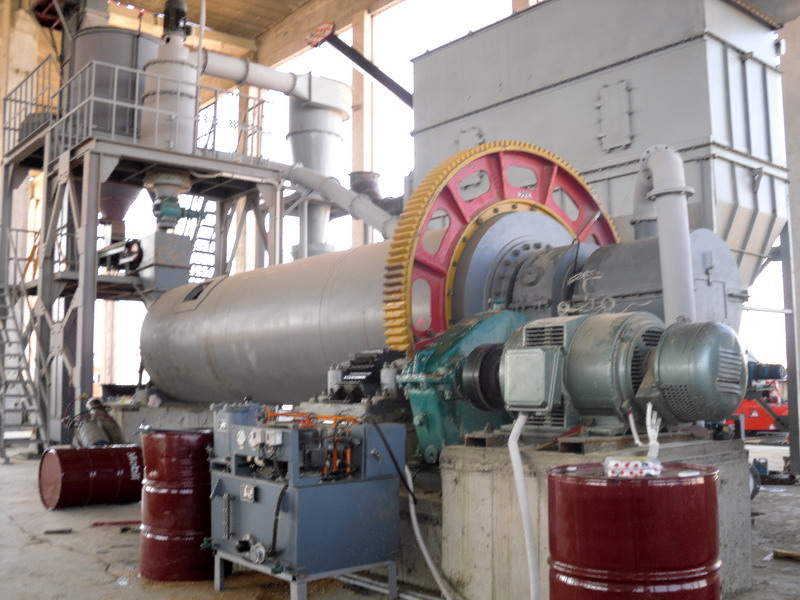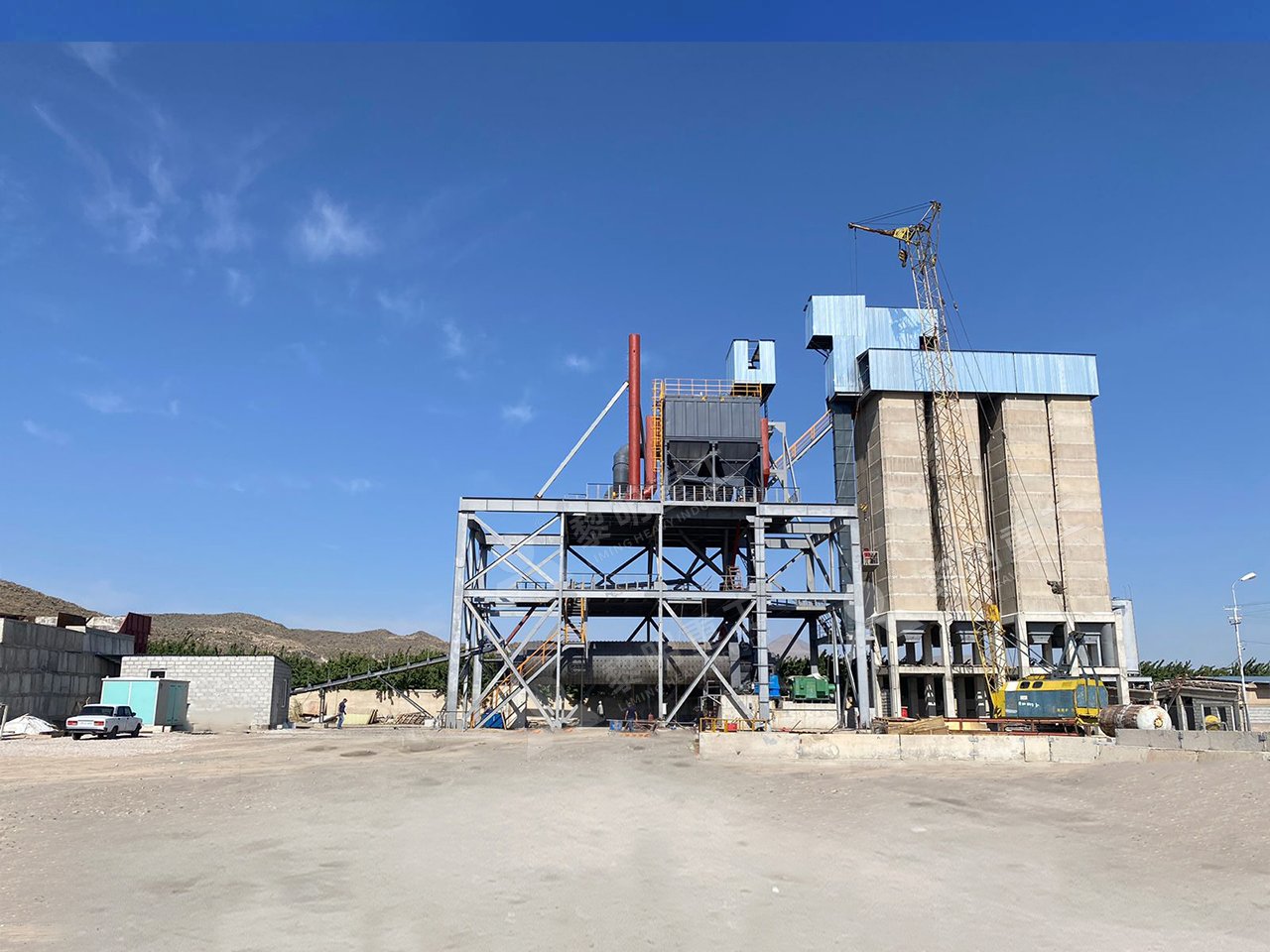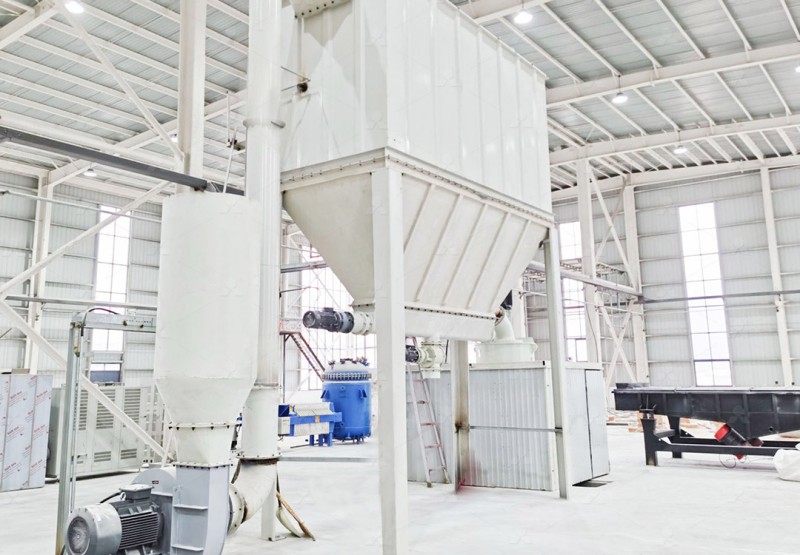Which Oil is Best for Ball Mill Trunnion Bearings: A Complete Lubrication Guide
Which Oil is Best for Ball Mill Trunnion Bearings: A Complete Lubrication Guide
Proper lubrication of ball mill trunnion bearings isn’t just a maintenance task—it’s a critical operational requirement that directly impacts your productivity, equipment longevity, and bottom line. These massive bearings support the entire rotating assembly of your ball mill, enduring extreme loads, contamination risks, and temperature variations that demand precisely formulated lubricants.

Understanding Trunnion Bearing Challenges
Trunnion bearings operate under some of the most demanding conditions in mineral processing. They must withstand:
- Heavy shock loads from grinding media impact
- Constant exposure to abrasive dust and contaminants
- Significant temperature fluctuations
- Water ingress from cooling systems or process water
- Continuous operation with minimal downtime
These factors create a perfect storm for premature bearing failure if lubrication isn’t optimized. The wrong lubricant choice can lead to increased friction, overheating, seal degradation, and ultimately catastrophic bearing failure that halts production for days or weeks.
Selecting the Right Lubricant Type
For ball mill trunnion bearings, high-performance extreme pressure (EP) greases typically deliver superior protection compared to oils. However, specific application requirements may vary:
EP Grease Characteristics:
- NLGI Grade 2 or 3 consistency for proper channeling and staying power
- Lithium complex or polyurea thickeners for temperature stability
- EP additives (sulfur, phosphorus) for shock load protection
- Solid lubricants (molybdenum disulfide, graphite) for additional protection
- Oxidation and rust inhibitors for extended service life
- Water resistance to prevent washout
Oil Lubrication Considerations:
- ISO VG 150-320 for most applications
- High viscosity index for temperature stability
- Excellent demulsibility for water separation
- Anti-wear and EP additives
- Oxidation and foam resistance

Modern Mill Design Eliminates Bearing Challenges
While proper lubrication remains essential for traditional ball mills, forward-thinking operations are transitioning to more advanced grinding technologies that eliminate many bearing-related challenges entirely. Our MW Ultrafine Grinding Mill represents this evolution with its revolutionary “No Rolling Bearing & Screw in Grinding Chamber” design.
This innovative approach positions all critical bearings outside the grinding chamber, completely isolating them from contamination and extreme operational stresses. The external lubrication system allows for maintenance without production stoppages, enabling continuous 24-hour operation that dramatically increases productivity while reducing lubrication-related downtime.
The MW Ultrafine Grinding Mill processes materials from 0-20 mm at capacities ranging from 0.5-25 tph, making it suitable for limestone, calcite, dolomite, and various industrial minerals. Its external lubrication design represents a significant advancement over traditional ball mill configurations.
Lubrication Best Practices
Regardless of your mill type, these practices ensure optimal bearing performance:
- Regular Analysis: Implement oil analysis programs to monitor lubricant condition and contamination
- Proper Quantity: Avoid overlubrication that causes overheating and underlubrication that accelerates wear
- Contamination Control: Maintain clean storage and handling practices
- Temperature Monitoring: Track bearing temperatures as an early failure indicator
- Seal Maintenance: Ensure seals effectively exclude contaminants

Beyond Lubrication: The Future of Grinding Technology
For operations considering equipment upgrades, the lubrication advantages of modern grinding technologies extend beyond the MW series. Our LUM Ultrafine Vertical Grinding Mill incorporates advanced bearing protection through its reversible structure and hydraulic adjustment system. This design allows operators to easily move grinding rollers out of the mill body for inspection and maintenance, significantly reducing bearing stress and lubrication challenges.
The LUM mill processes materials from 0-10 mm at 5-18 tph capacity and features double position-limiting technology that prevents destructive impacts between grinding components. This protection extends bearing life and reduces lubrication demands compared to traditional ball mills.
Frequently Asked Questions
What is the most common cause of ball mill trunnion bearing failure?
Contamination remains the primary cause, followed by improper lubrication intervals and incorrect lubricant selection. Modern mill designs that isolate bearings from the grinding chamber significantly reduce these failure risks.
How often should trunnion bearing lubricant be changed?
Change intervals depend on operating conditions, lubricant type, and mill design. Generally, oil systems require changes every 6-12 months, while grease intervals vary from weekly to quarterly. Condition-based monitoring provides the most accurate guidance.
Can switching to synthetic lubricants extend bearing life?
Yes, synthetic lubricants typically offer better temperature stability, oxidation resistance, and service life. However, they represent a higher initial investment that should be evaluated against potential downtime savings and extended component life.
What are the advantages of mills with external bearing arrangements?
External bearing designs, like those in our MW Ultrafine Grinding Mill, allow for easier maintenance, reduced contamination risk, continuous operation during lubrication, and significantly extended bearing service life through isolation from grinding chamber stresses.
How does proper lubrication impact overall grinding efficiency?
Optimal lubrication reduces friction losses, maintains proper alignment, prevents thermal expansion issues, and ensures consistent operation—all contributing to better energy efficiency, product quality, and throughput rates.
